Croatia offers countless highlights for tourists, but also plenty of less frequented landscapes and cultural gems. With a single click, you can discover the 5 best kept Croatian secret! A real voyage of discovery through Croatia awaits you!
What does Formula 1 have to do with Motovun?
Lonjsko Polje – white storks welcome!
Krapina – home to more than just a popular rehabilitation centre
Are you a lover of nature and vintage cars? Then Skradin is the place for you!
Playing with mud never gets old! – The Akademija Blat in Karanac
What does Formula 1 have to do with Motovun?
The small, hilltop town of Motovun is home to many secrets besides the tasty truffles hidden deep in the surrounding forest. If you didn’t already know about Motovun’s truffles, then it is high time you visited this small Croatian town and tasted them! But now let us move on from these delicious delights and uncover the other secrets the town of Motovun has been hiding:
Do you like fast cars and car races? Do you enjoy watching Formula 1 racing? Did you know that the Formula 1 World Champion Mario Andretti, who won the title in 1978, was born a twin in Motovun? Besides being a world-famous Formula 1 driver, Andretti is considered one of the most skilled racing drivers, especially in the USA. Where else could he have gained such racing experience than on the steep, narrow streets of Motovun? Unfortunately, the family had to flee the then Italian Motovun after the Second World War. They settled first in Italy and later moved to America. Still, it is clear that it was in Andretti’s hometown of Motovun that his talent and passion for racing grew to be the foundational corner stone of his future career.
Today, Mario Andretti’s passion lives on, having passed it on to both his son (Michael Marco Andretti) and his grandson (Marco Michael Andretti). Could it be the spirited Istrian blood that keeps this passion alive? Or perhaps it is the love for his home country, Croatia, where he first discovered racing along the roads and around corners? Or are there other reasons for the success of this intriguing racing driver? Though answer remains a secret, one thing is certain: he never forgot Istria and often thinks back to his childhood there.
A short film was made about Mario Andretti, “Drive Like Andretti”, in which he talks about himself and his life. Have a watch, be captivated by his story, and let Andretti tell you himself about his first race through the alleys of Motovun… without brakes!
Address: Turistička zajednica Općine Motovun, Trga Andrea Antica 1, 52424 Motovun
Email: info@tz-motovun.hr
Web: TZ Motovun
Lonjsko Polje – white storks welcome!
Croatia’s beauty and natural wonders are probably no longer a secret, as stunning pictures, especially of the coastal region, seem to pop up daily. However, the inland often seems to be overlooked even though it, too, is home to incredible beauty and nature that few seem to know about. Croatia, with its mainland stretching over 56,000km2, has a total of eight national parks and eleven protected nature parks. These are parks full of life, home to numerous protected animal and plant species.
One of these many animals is the white stork, which was given its own village in Lonjsko Polje Nature Park. The village of Čigoč in the Croatian Sava Floodplains was the first to be awarded the title of European Stork Village in 1994. To date, numerous other villages have followed suit, with a further fifteen stork villages throughout Europe now having been awarded the title by the EuroNature Foundation. For a village to be named European Stork Village they must be able to hold a constant white stork population, which should be positively regarded and promoted by the villages. In Europe, the stork is a welcome and well-loved bird. They are a symbol for new-born children and even, according to old, forgotten legends, were symbolic of caring for the old.
Lonjsko Polje is a 50,650-hectare large nature park, about 75 km south east from the Croatian capital, Zagreb, along the middle course of the Sava River. There are fourteen small villages in the surrounding area. Thanks to the location of Lonjsko Polje as well as the River Sava and its tributaries, this nature park is one of the best-preserved natural wetlands in Europe. After the forests and meadows have been flooded, it is possible to observe countless species of wild animal living in this wildlife paradise. Large animals roam freely through the meadows, used for traditional grazing, and about two-thirds of Croatia’s entire bird population lives here, along with several other animals. Lonjsko Polje is a natural spectacle, and the cycle of the wetlands, which repeats itself year after year, makes an important contribution to biodiversity not only for Croatia but for the entire continent.
If you would like to visit this unique park, do not hesitate to do so! Take a trip back to nature and explore the secrets of Lonjsko Polje for yourself. Perhaps you will discover one of the popular white storks or spot a different bird that you have never seen before.
Address: Park prirode Lonjsko polje, Krapje 16, 44324 Jasenovac
Email: info@pp-lonjsko-polje.hr
Web: https://pp-lonjsko-polje.hr/
Krapina – home to more than just a popular rehabilitation centre
In Krapina there is a large rehabilitation centre, the roots of which can be traced back to Roman times. The then “Aqua Vivae” was a place where Roman soldiers could come to recuperate from their strenuous everyday life. Thanks to the thermal springs in the area, Krapinske Toplice developed into of Croatia’s most important spa resorts. In 1860, the first complex had 75 beds which, over time, developed and became specialised in several areas. Today the centre is home to a whole range of different medical departments focusing on rehabilitation.
So, what is it that makes Krapina so mysterious and interesting? This has got to have something to do with the Neanderthals, the extinct relative of modern humans – homo sapiens. Close to Krapina lies Hušnjak hill (Hušnjakovo brdo), one of the oldest sites where fossils of the “classic” Neanderthal have been found. This excavation played an extremely important role in portraying this historical era of human life. The fossils were found in 1895 and date back about 130,000 years ago.
The Krapina Neanderthal Museum, which recently celebrated its 10-year anniversary, lies close to the paleontological site. The first “Museum of Evolution” was founded in 1969 in the building of the former Kneipp spa resort and was opened to the public in 1971. The exhibition held geological, palaeontological, and archaeological collections and presented the evolution of life on earth, focussing on the development of humans predominantly in relation to Neanderthals. The new Krapina Neanderthal Museum was under construction for 11 years and was opened in February 2010.
Travel back in time in this architecturally impressive building with its fascinating collections, exhibitions and film footage and get to know the Neanderthal and the time they lived in. Discover new secrets of the Stone Age together with family and friends and forget the modernity around you.
Address: Muzej krapinskih neandertalaca, Šetalište Vilibalda Sluge bb, 49000 Krapina
Email: mkn@mhz.hr
Web: Muzej krapinskih neandertalaca
© Muzej krapinskih neandertalaca
Are you a lover of nature and vintage cars? Then Skradin is the place for you!
Skradin is well known as the starting point for tours upriver to one of Croatia’s eight national parks, the Krka Waterfalls. The park is a natural spectacle with plenty of space on the 109 km² area for flora and fauna to grow and flourish. The Krka River is about 72km long, with its source at the foot of the Dinara, the tallest mountain in Croatia, belonging to the Dinaric Mountains, a mountain range near Knin. The park is characterized by its impressive waterfalls that flow down seven tiers over a total altitude of 224m.
The small, charming town of Skradin, known in ancient times as the Roman town of Scardona, has a number of other secrets. Have you ever been to Skradin? Have you looked at the great marina with its numerous boats and yachts? Have you gone on a hike up to the ancient ruins high above the town? From here there is a wonderful view of the whole town and the surrounding area. But what has all this got to do with vintage cars???
Skradin has recently become home to a fantastic little museum that opened its doors to the public in 2018. The Oldtimer Auto Museum in Scardona Park has a fantastic exhibition with plenty information covering the 120 years of automobile culture in Croatia. The museum has allowed for this new cultural pillar to flourish in the Skradin, Šibenik, and Dalmatia areas as well as in Croatia in general and cooperates closely with its partner museum in Zagreb (Automobile Museum Ferdinand Budicki).
In addition to the museum’s exhibition space, there is also a play corner for younger visitors. Here they can discover the past world of games with the many retro-toys while those accompanying them can be taken back to the “good old days” in the retro living room, listening to music of the time. This is the perfect place to relax or to try out some of the first electric toys. The museum also promotes active education, offering informative, technical workshops (available by appointment).
Address: Oldtimer Museum Scardona park, Put Sv. Jere 2, 22222 Skradin
Email: info@scardona-museum.com
Web: Oldtimer Museum Scardona park
© Oldtimer Museum Scardona park
Playing with mud never gets old – Visit the Akademija Blata in Karanac!
The last of the five Croatian secrets we would like to share with you is literally hidden below the surface. The “Akademija Blata” (Mud Academy) usually takes place at the beginning of July in the Baranja region, more precisely in the village of Karanac.
Thanks to growth in rural tourism and the development of the region, Baranja has gained in importance over the past number years. Lying in the most north-eastern part of Croatia, Baranja is known as an influential wine region as well as being home to several intriguing excursion destinations.
But enough background – let’s get to the real secret! The Mud Academy is a multi-day event, usually held in the first half of July. Here participants are taught how bricks were once made in the region, with clay, chaff, and water. Once the mud bricks have been made, they are left out to dry in the sun. Amongst other activities, existing mud houses are renovated and refurbished, and small figures and other little things can be made on the last day. Everyone who participates receives an award at the end of course.
The event ends with fun games and workshops for the children, a big traditional meal and, of course, music and dance. This is a fantastic event where everyone can be active, have fun and, at the same time, learn how brick structures were once built. Every year, the organizers – the “Čuvari starih zanata” (the keepers of the old crafts) – succeed in combining modernity with regional tradition and preserving this wonderful, non-material cultural heritage. This is a place that is absolutely worth a visit!
Address: Baranjska kuća, Kolodvorska 99, 31315 Karanac
Web: Akademija Blata
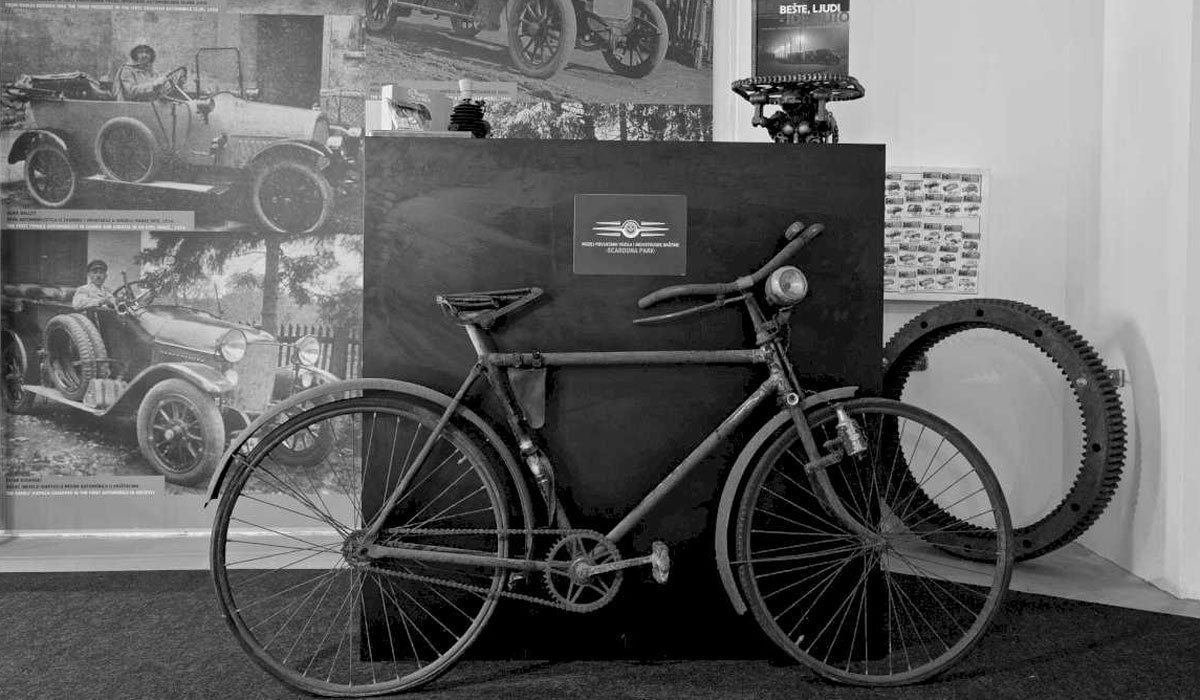
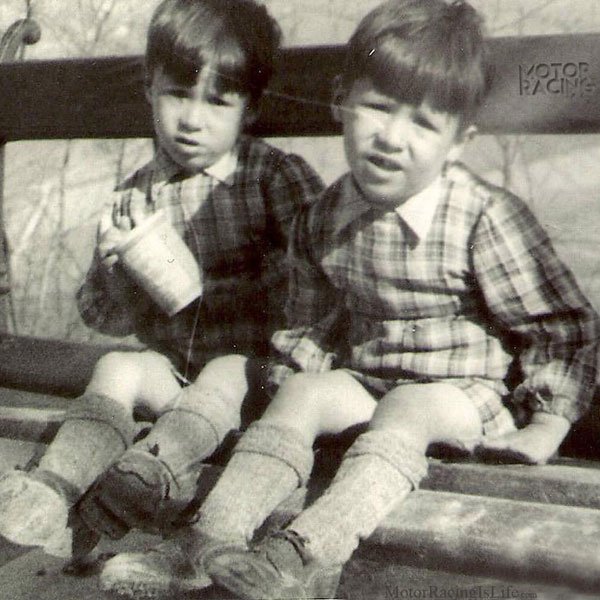

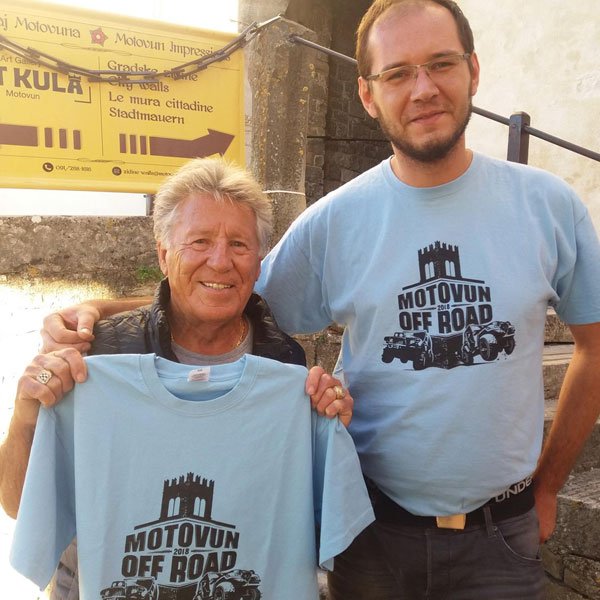
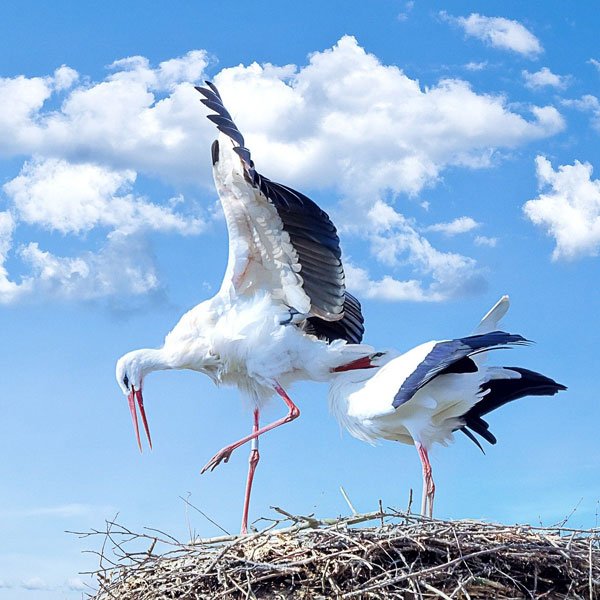
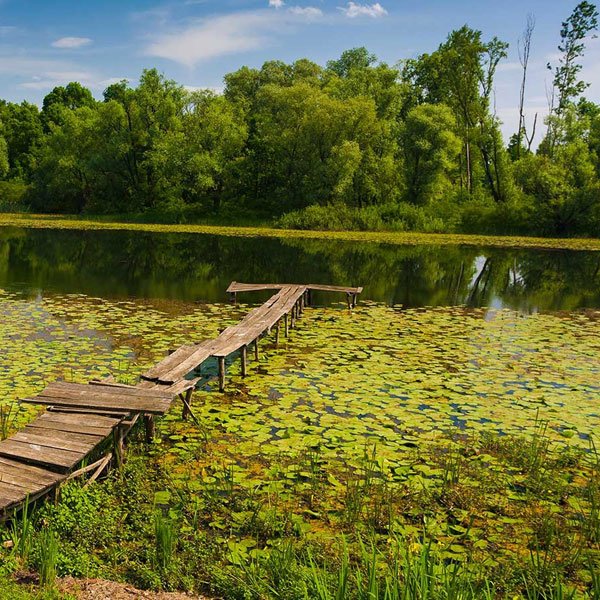

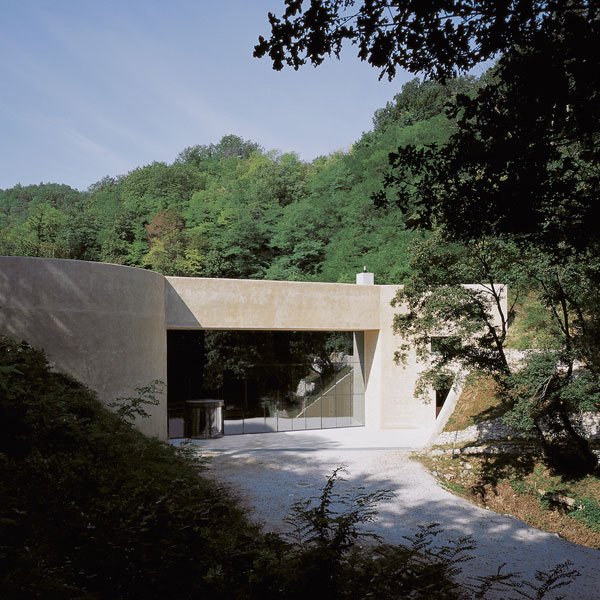
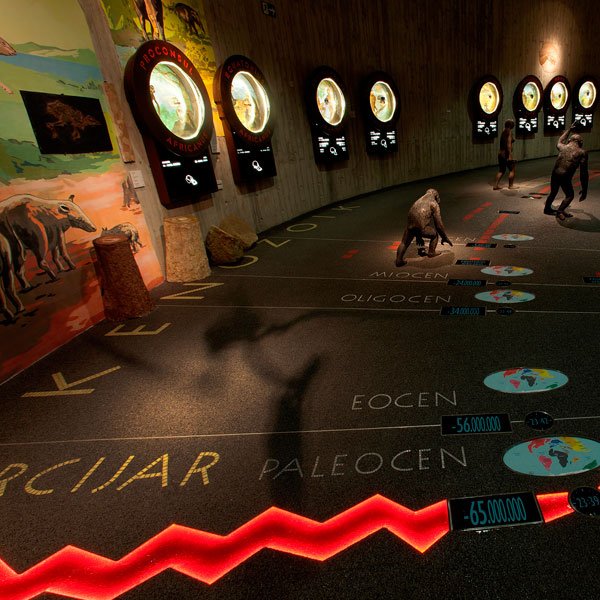
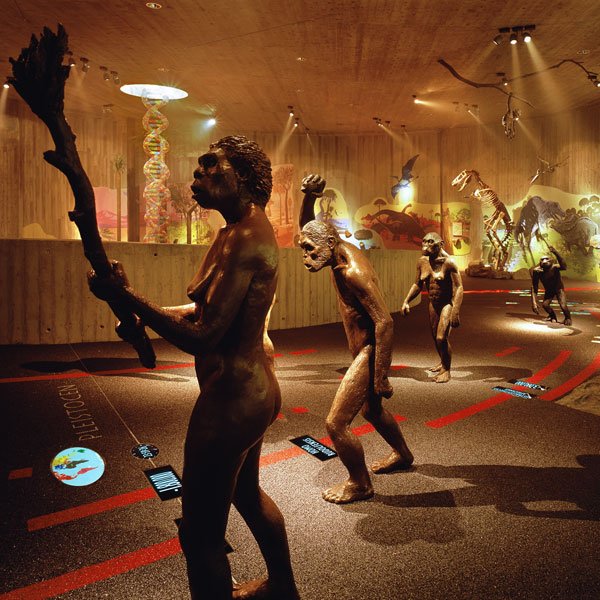
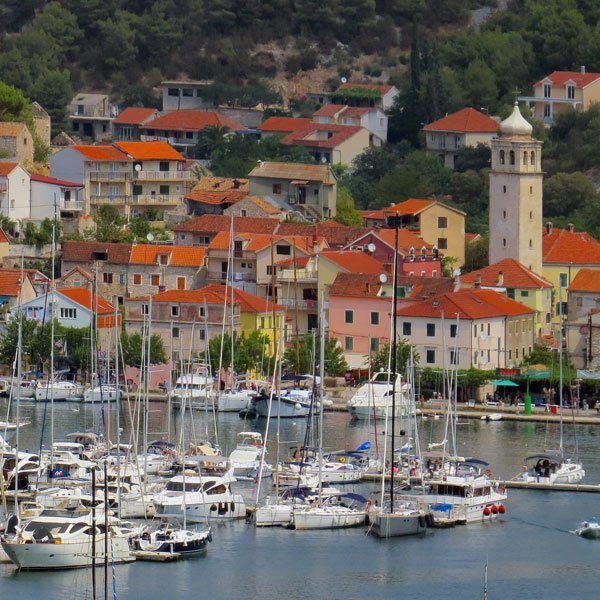


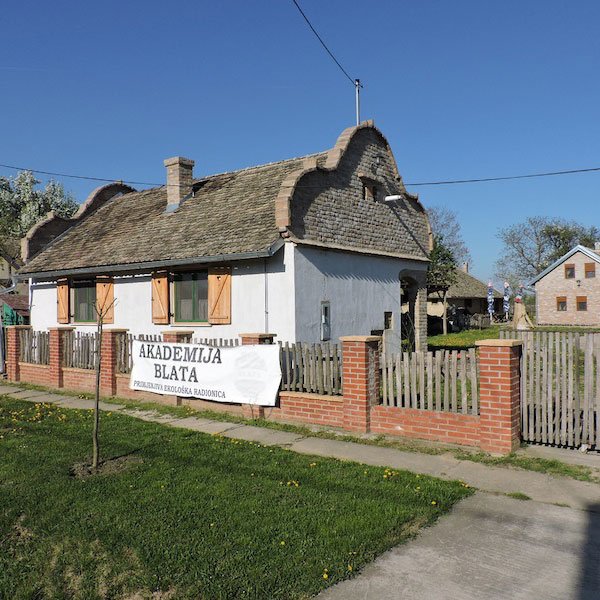
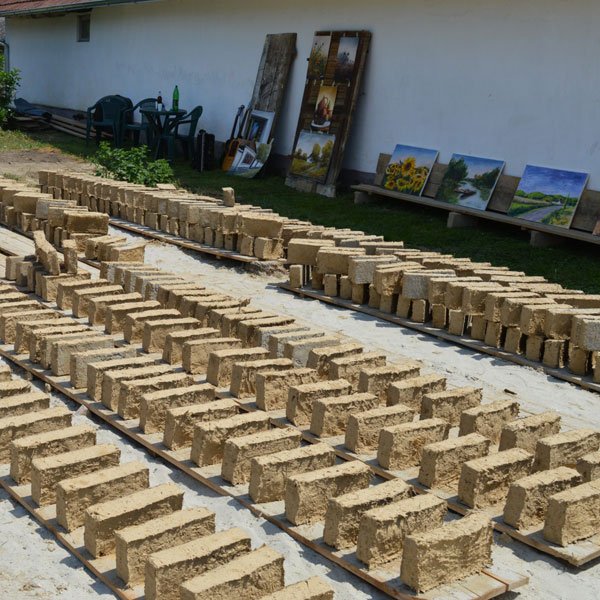

 Via Tempora d.o.o.
Via Tempora d.o.o.